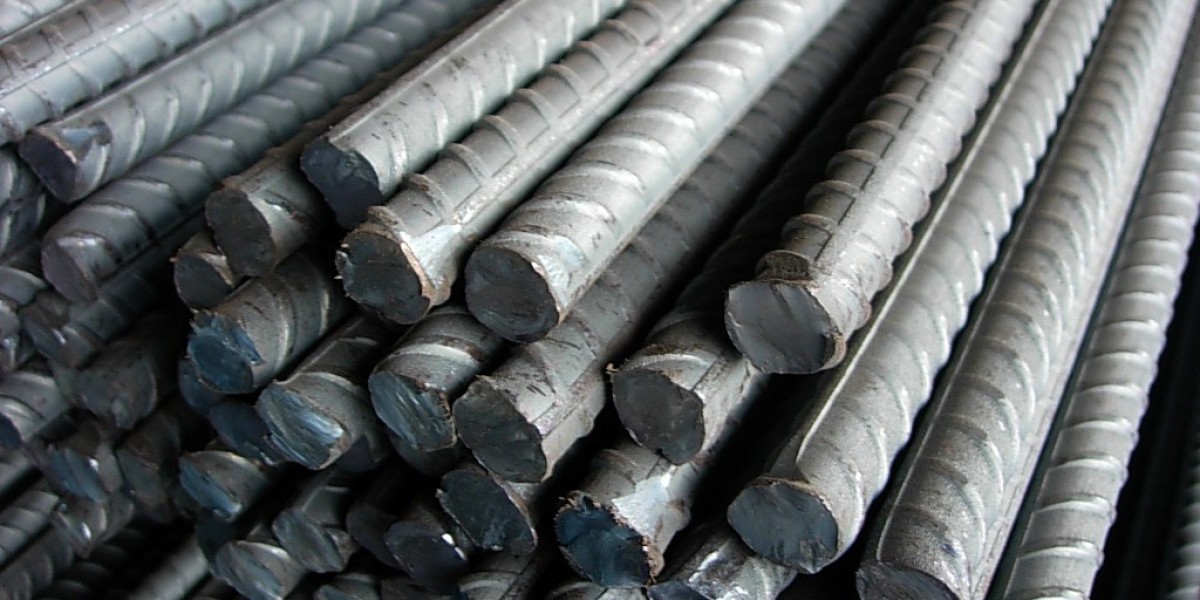Steel rods are fundamental components in a variety of construction and engineering projects, known for their strength, durability, and versatility. These rods serve as essential building blocks, supporting structures, reinforcing concrete, and enabling precise machinery operations. This blog explores the features, types, applications, and benefits of steel rods, highlighting their importance in modern industrial and commercial settings.
Understanding Steel Rods
Steel rods, also known as steel bars, are cylindrical metal bars made from different types of steel alloys. These rods are available in various diameters, lengths, and finishes, tailored to meet specific requirements in construction, manufacturing, and engineering. Key properties of steel rods include:
- High Strength: Steel rods possess exceptional tensile strength, making them suitable for supporting heavy loads and withstanding significant stress.
- Durability: Resistant to wear and tear, steel rods provide long-lasting performance in various environmental conditions.
- Versatility: Used in a wide range of applications due to their adaptability and availability in different specifications.
Types of Steel Rods
Steel rods come in various types and grades, each designed for specific applications:
Mild Steel Rods: Commonly used in construction for reinforcing concrete and other structural applications, offering good weldability and machinability.
Stainless Steel Rods: Known for their corrosion resistance and aesthetic appeal, these rods are used in applications requiring high durability and a polished finish, such as in the food and beverage industry and architectural projects.
High Carbon Steel Rods: Characterized by high strength and hardness, these rods are used in manufacturing tools, cutting equipment, and high-stress components.
Alloy Steel Rods: Enhanced with additional elements like chromium, vanadium, and molybdenum, these rods offer improved mechanical properties and are used in demanding engineering applications.
Deformed Steel Rods: Featuring surface deformations, these rods provide better bonding with concrete, making them ideal for reinforcement in construction projects.
Key Features of Steel Rods
- Strength and Stability: Steel rods provide structural integrity and stability, essential for construction and engineering projects.
- Corrosion Resistance: Stainless and alloy steel rods offer excellent resistance to corrosion, extending the lifespan of structures and components.
- Flexibility: Available in various sizes, shapes, and grades, steel rods can be customized to meet specific project requirements.
- Weldability and Machinability: Steel rods can be easily welded and machined, facilitating their use in a wide range of applications.
- Cost-Effectiveness: Offering a balance between performance and cost, steel rods are an economical choice for many industrial applications.
Applications of Steel Rods
Steel rods are utilized in numerous industries for critical applications:
- Construction: Used as reinforcement bars (rebar) in concrete structures, providing tensile strength to support buildings, bridges, and other infrastructure projects.
- Manufacturing: Employed in the production of machinery parts, tools, and automotive components, leveraging their strength and machinability.
- Engineering: Applied in the fabrication of structural frameworks, supporting beams, and other load-bearing structures.
- Automotive: Used in the manufacturing of engine components, axles, and suspension systems, where high strength and durability are essential.
- Aerospace: Utilized in aircraft construction for their lightweight and high-strength properties, ensuring safety and performance.
- Furniture and Fixtures: Stainless steel rods are used in the design of modern furniture, fixtures, and architectural elements, providing a sleek and durable finish.
Benefits of Using Steel Rods
- Enhanced Strength: Steel rods provide superior tensile strength, essential for supporting heavy loads and structural stability.
- Durability: Resistant to wear, corrosion, and environmental factors, steel rods offer long-lasting performance.
- Versatility: Available in various types, sizes, and grades, steel rods can be tailored to meet specific application needs.
- Cost Efficiency: Steel rods offer a cost-effective solution for reinforcing structures and manufacturing durable components.
- Ease of Use: Steel rods can be easily welded, machined, and fabricated, making them convenient for a wide range of industrial applications.
Conclusion
Steel rods are indispensable components in construction, manufacturing, and engineering, offering unmatched strength, durability, and versatility. Their ability to reinforce structures, support heavy loads, and withstand harsh conditions makes them crucial for a wide range of applications across various industries. By understanding their features, types, applications, and benefits, industries can leverage steel rods to enhance productivity, reduce costs, and achieve superior performance in their projects.



